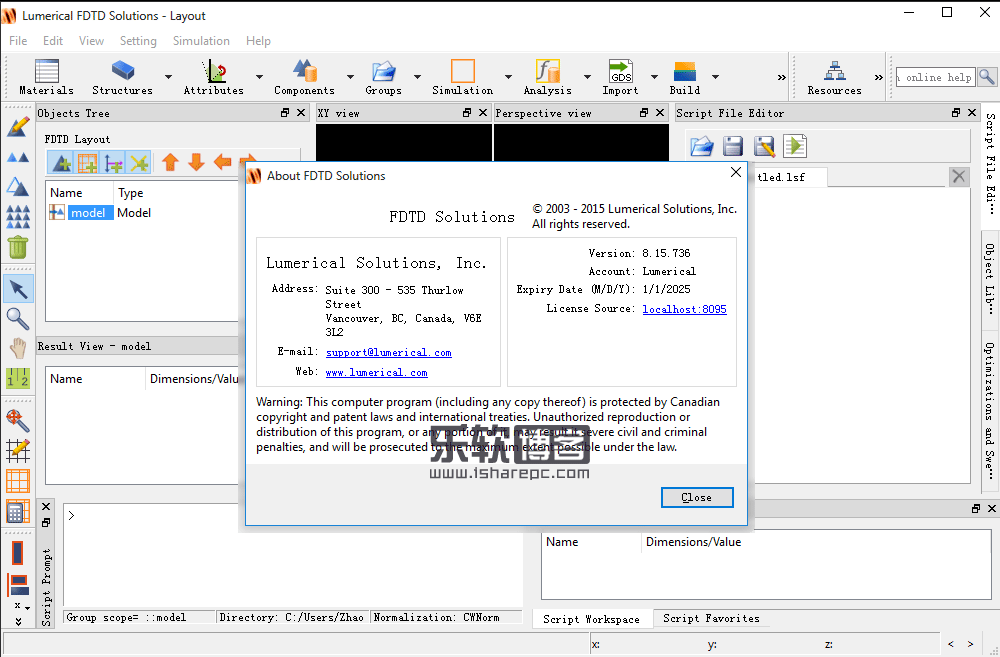

By default (with CW Normalization enabled), the frequency domain data is automatically normalized AS IF the source injected the same amount of power at all frequencies. It is important to understand how to interpret this data. The FDTD source will automatically inject a spectrum calculated from a Gaussian-like shaped pulse, as shown in the Frequency/Wavelength tab (screenshot below).Īfter the simulation is complete, you can access the simulation data from frequency monitors with the standard functions like getdata, transmission, getelectric. It is not necessary to setup the spectrum of the FDTD source to match the desired power spectrum of your real source. Simply specify the wavelength range of interest (300-1000nm in this example). Setup your simulation in the normal way with "CW Normalization" selected (default setting). (note: it is easy to modify the code to include more solar spectrum in the UV direction) Step 1: Run your simulation in the normal way, with the standard source settings. This approach is summarized below, and demonstrated in the associated example files. We first simulate using the built-in source spectrum, and obtain the normalized quantities in frequency domain and then in post-processing, users can analyze any specific source spectrum, without running the simulation. It is relatively straightforward to include the effect of an arbitrary source power spectrum during your data analysis and post-processing.

add monitors, and the "solar_generation" analysis groups.



 0 kommentar(er)
0 kommentar(er)
